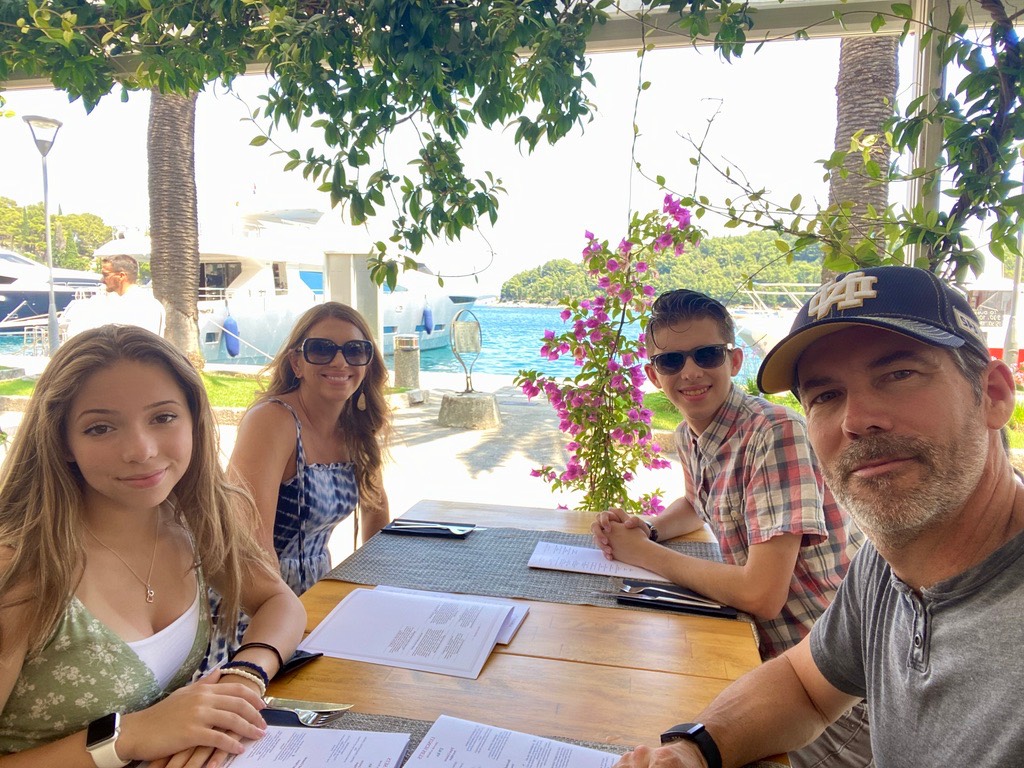22 July 2021
Today, we embarked on a walking tour of the walled city of Dubrovnik, a port town located on the Croatian Adriatic coast.
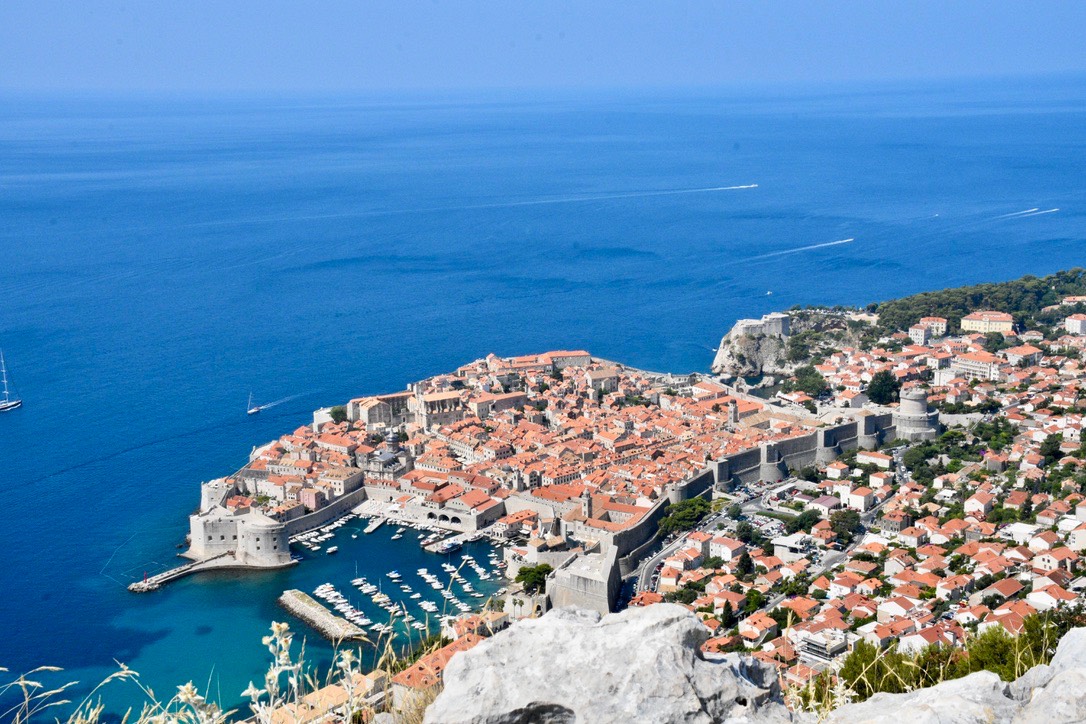
The city of Dubrovnik has a long and complicated history, thanks to its strategic location as a trading center connecting Europe to Asia. Though the city has existed since Roman times, the walled city that stands today was originally built by the Venetians, who called the city by its Greek name of Ragusa.
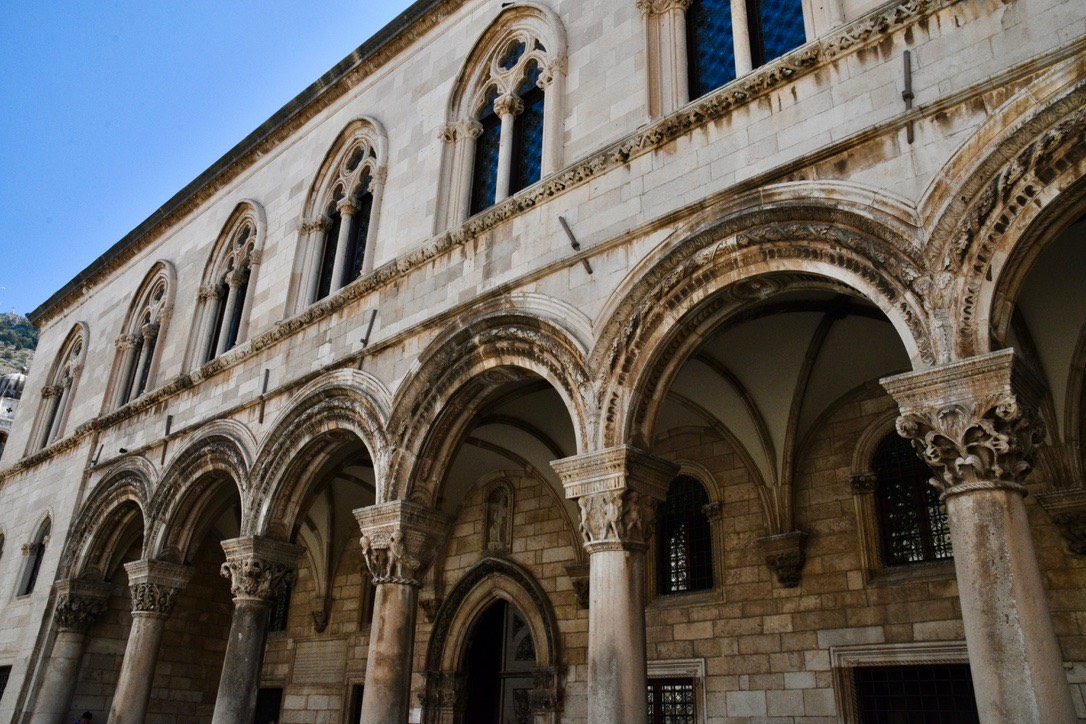
Commerce and trade made the city of Dubrovnik wealthy and powerful, and eventually, Dubrovnik won its independence from Venice and established the Republic of Ragusa, a self-governing city-state. During the period of self-rule— lasting from the fourteenth to early nineteenth centuries— the city flourished, with many grand and elaborate structures being built within the city walls.
The city-state of Dubrovnik was fabulously wealthy and surprisingly advanced. It was ruled not by a king, but by a mayor who was elected to serve a thirty-day term by the nobles of the city. Slavery was abolished here in 1419, some 450 years before the United States would achieve the same. Catholic and Orthodox churches co-existed in the city, and Dubrovnik even hosted one of the first Jewish synagogues in Europe.
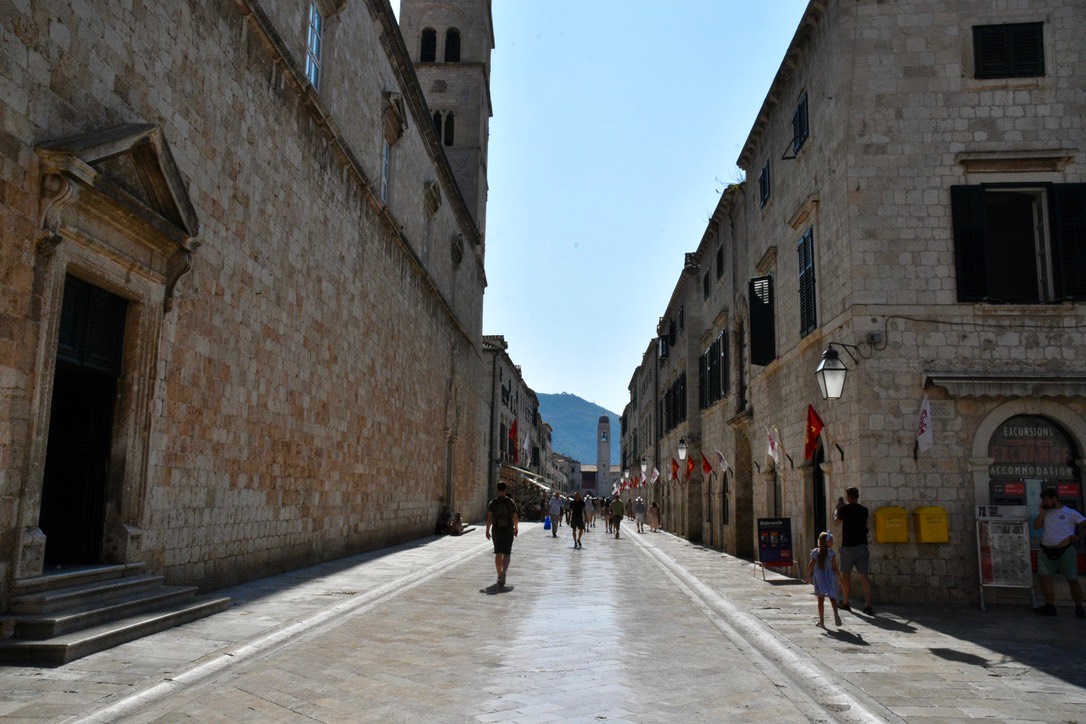
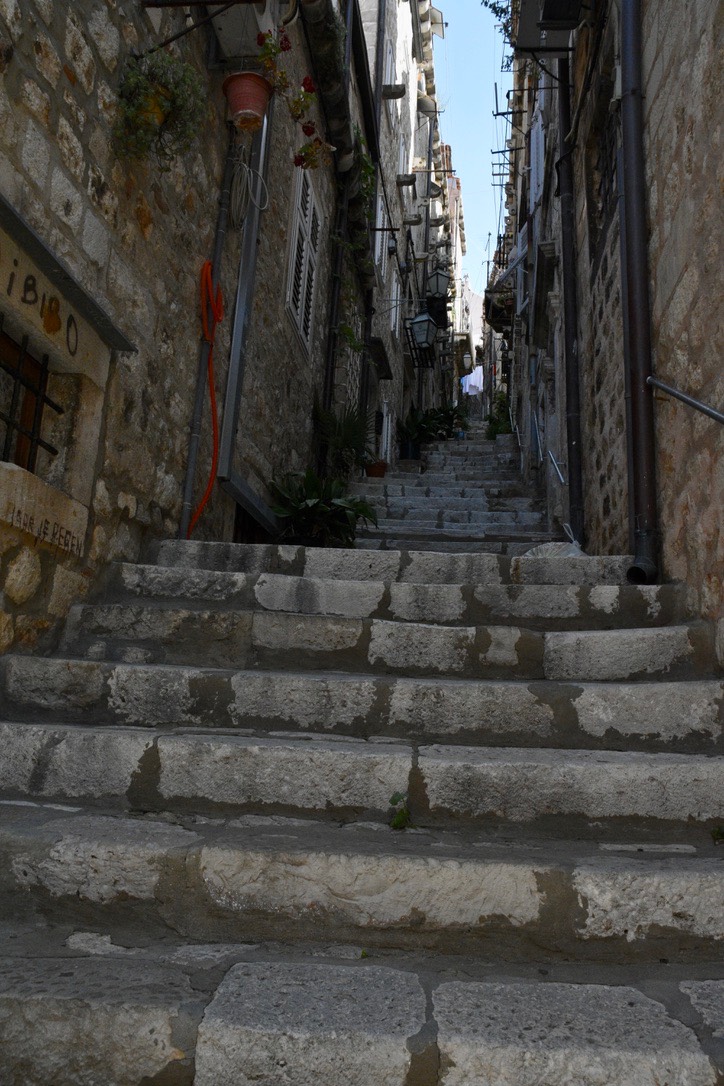
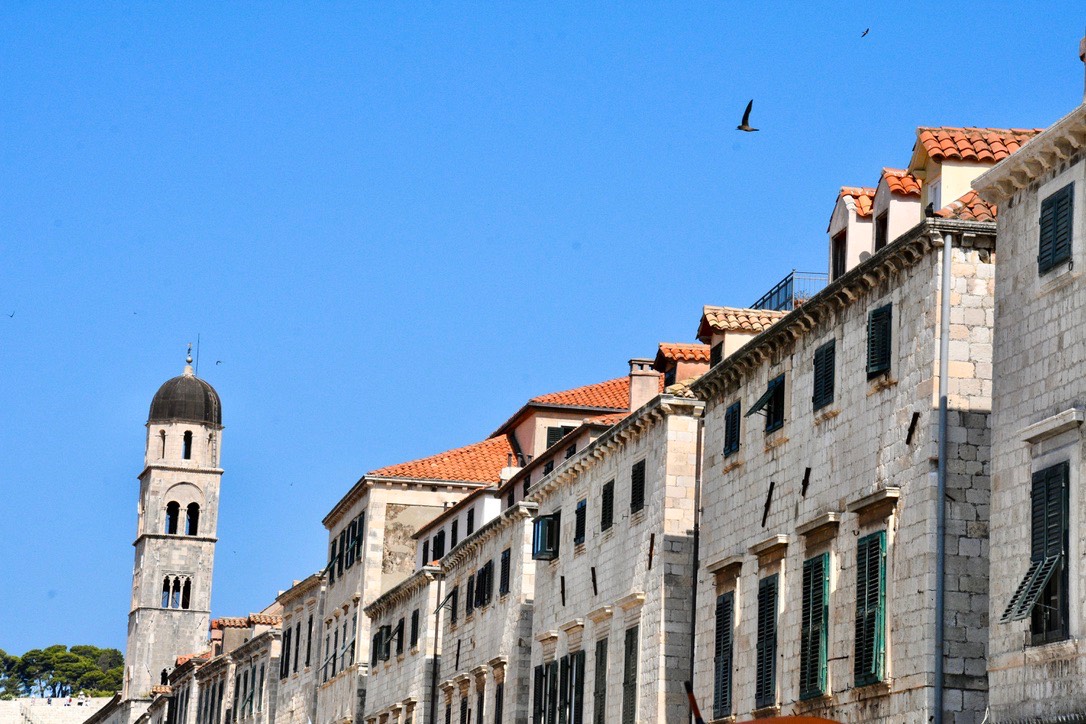
After touring the city on foot, we drove to the top of a nearby mountain for a panoramic view of the old town from above.
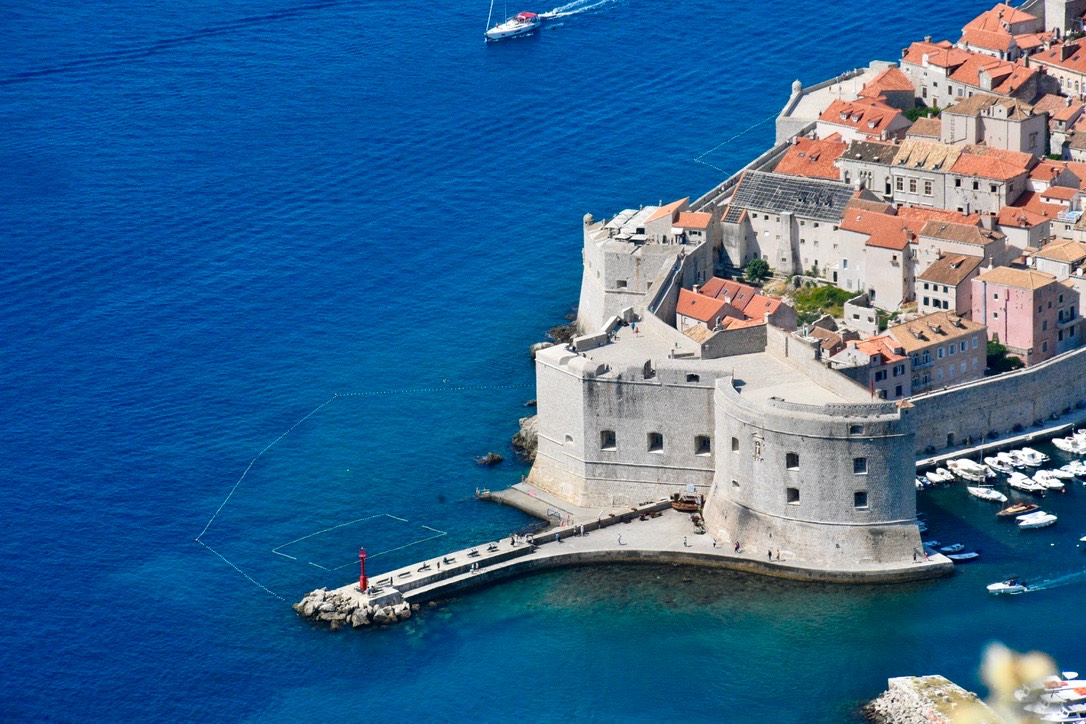
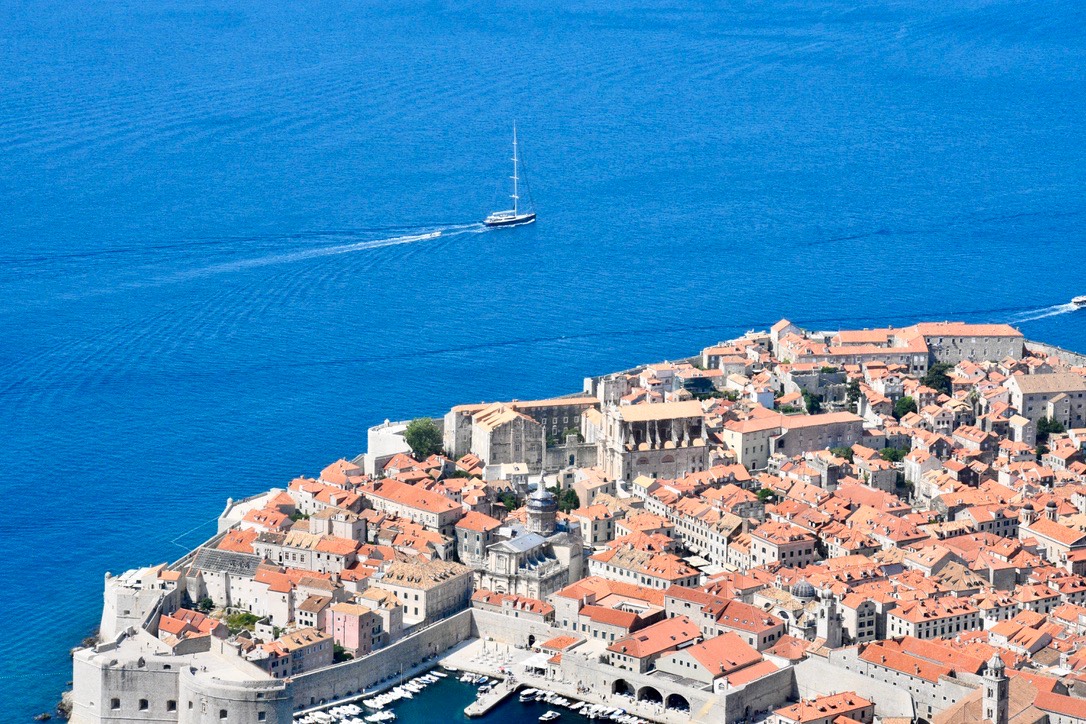
Though Dubrovnik enjoyed considerable sovereignty and stability during the era of the Republic, its history since the Republic’s fall has been tumultuous. In the nineteenth and twentieth centuries alone, Dubrovnik was controlled by the Ottoman Empire, Napoleon’s Imperial France, the Austro-Hungarian Empire, the Kingdom of Serbs, Croats, and Slovenes, Nazi Germany, socialist Yugoslavia, and the modern nation of Croatia. The city has survived countless invasions, conquests, earthquakes, and floods. However, the closest the city ever came to destruction was in 1991, when Dubrovnik was besieged by Serbia during the Yugoslav Wars.
As the united socialist state of Yugoslavia collapsed in the wake of President Josip Broz Tito’s death in 1980, nationalistic movements began to awaken across the country, growing increasingly powerful by the early 1990s. Croatia’s growing desire for independence did not sit well with Slobodan Milosevič, an ultranationalist politician who had recently come to power in Serbia and dreamed of expanding his country’s territory into a “Greater Serbia." Milosevič’s forces invaded Croatia in 1991, and a brutal and destructive civil war erupted, with atrocities being committed on all sides.
Dubrovnik was blockaded and relentlessly bombed for nine consecutive months. Within the old city, one can still see marks made by exploding shrapnel grenades etched into the stones of centuries-old churches and streets.
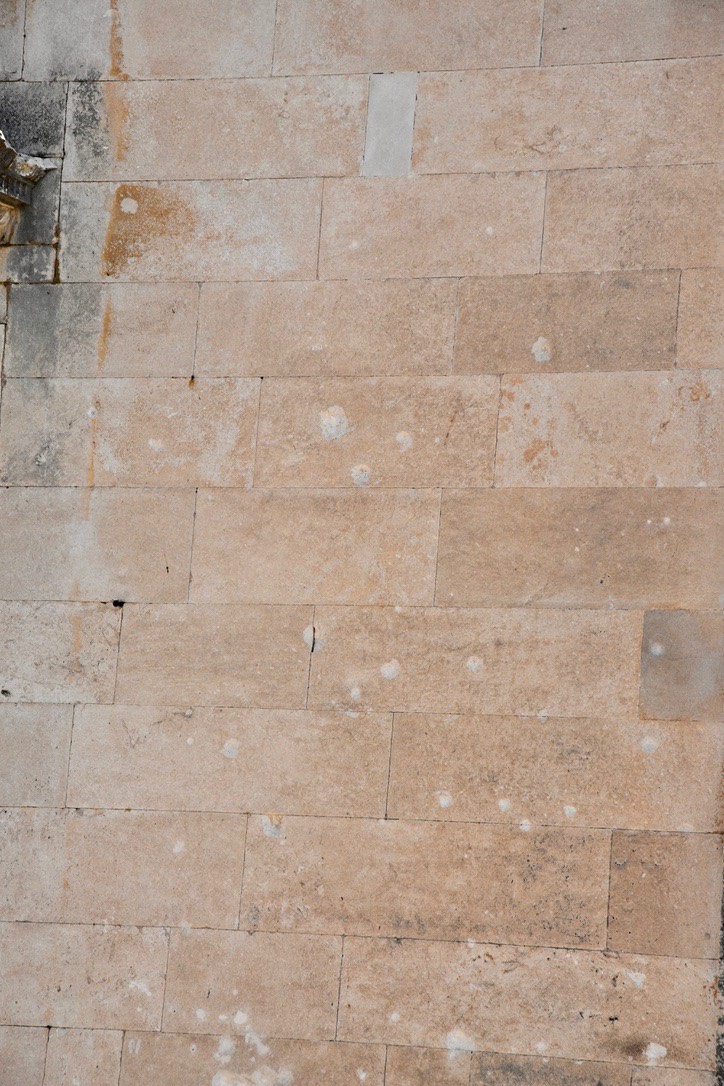
The village of Kupari, situated on a calm bay with beautiful sandy beaches, was once home to some of the most luxurious hotels in all of Yugoslavia. During the war, they were bombed and shelled from afar, and when Serbian troops made landfall, they systematically burned the hotels with deadly white phosphorus. Though anything of value was long ago destroyed or stolen, their stone and concrete husks, pockmarked by burn scars and bullet holes, remain standing today as a grim reminder of the devastation that befell this coastal town just thirty years ago.
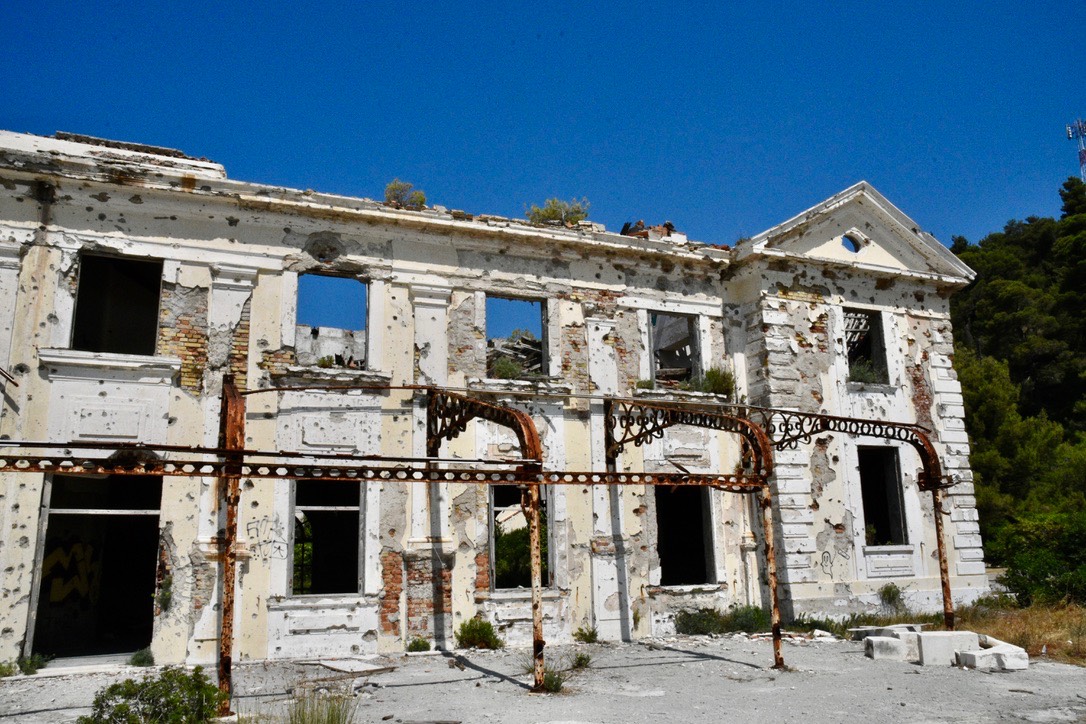
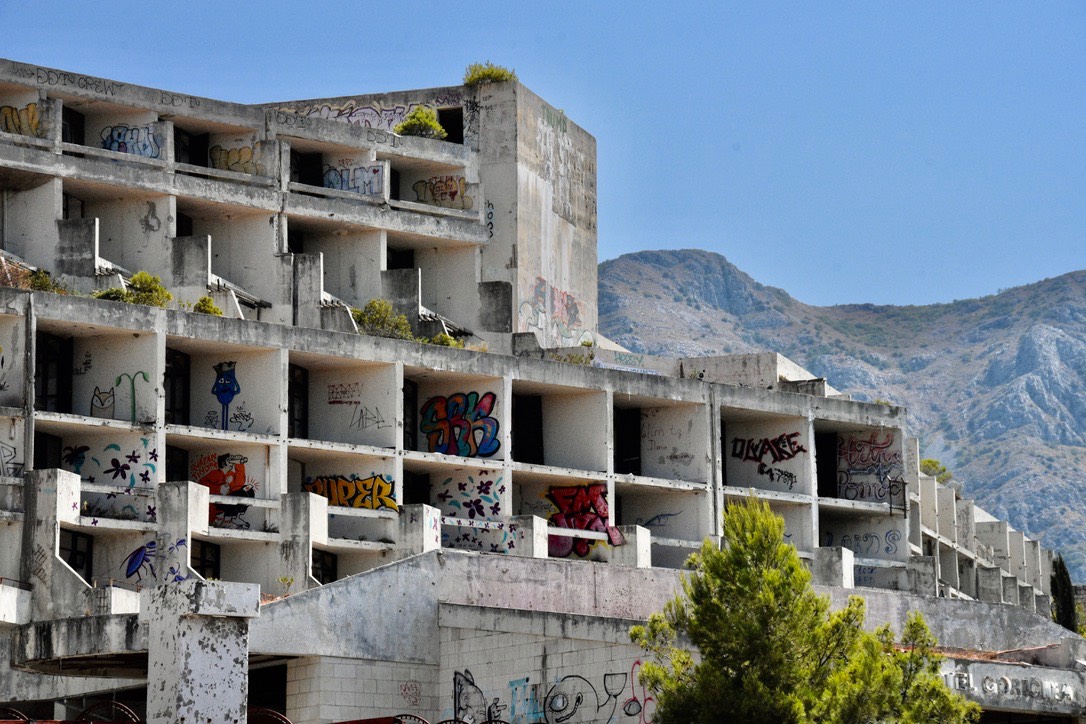
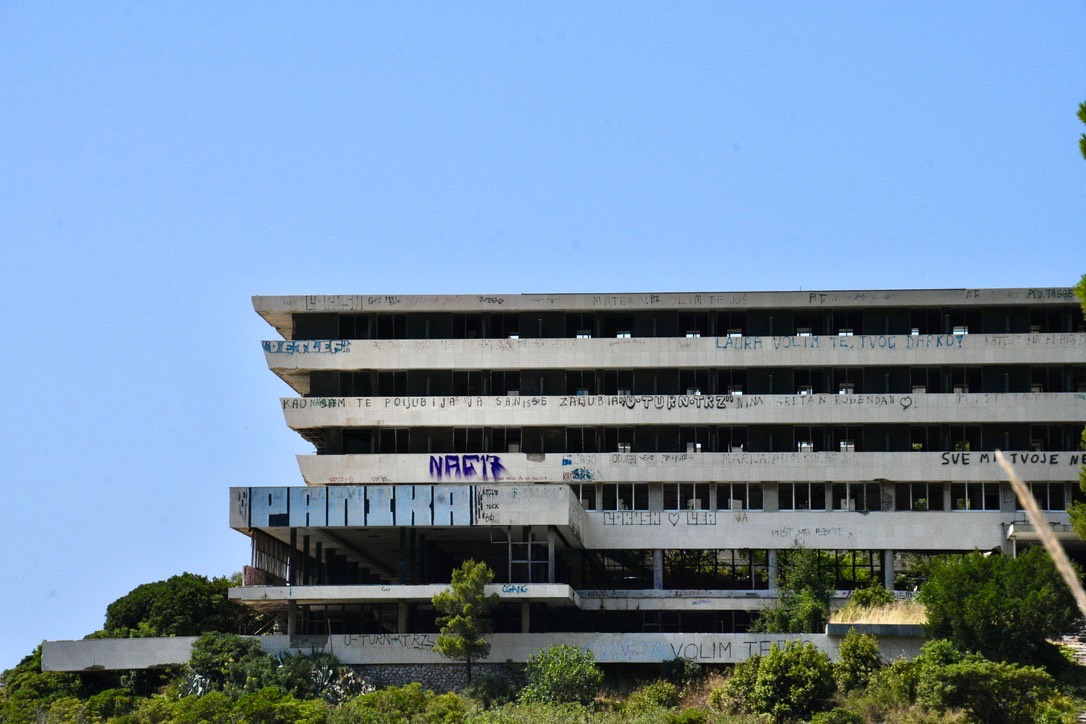
Our final stop was the small coastal town of Cavtat. Here, the smell of pine hangs over narrow gravel paths, with white sand beaches and rocky tide pools ringing crystal-blue coves.
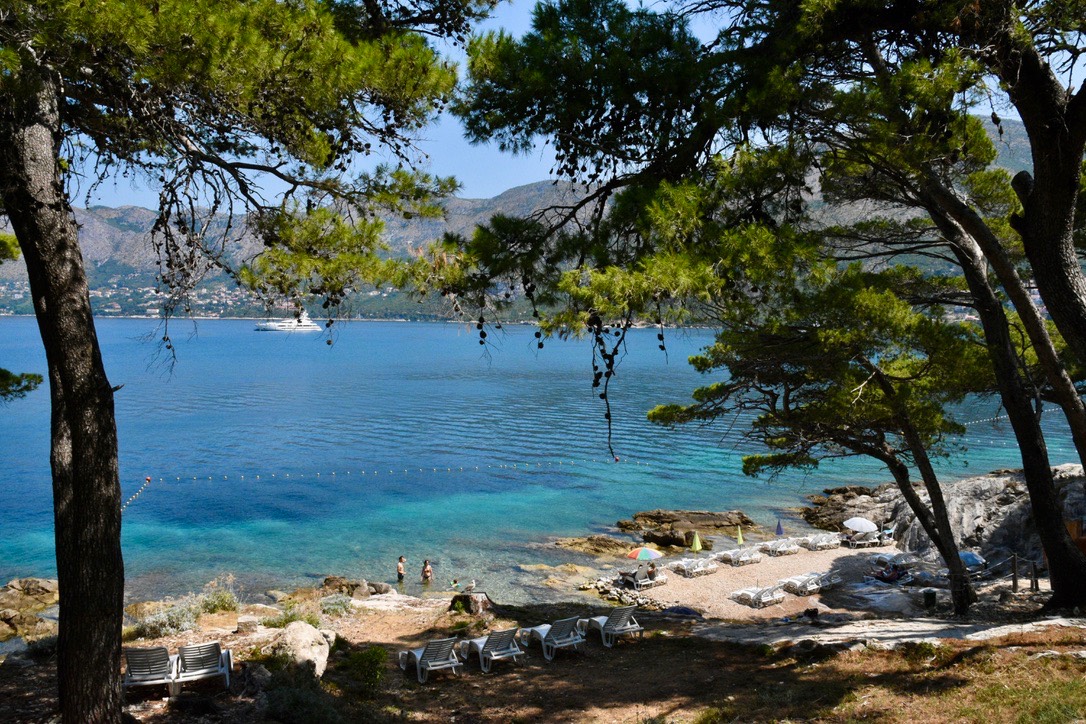
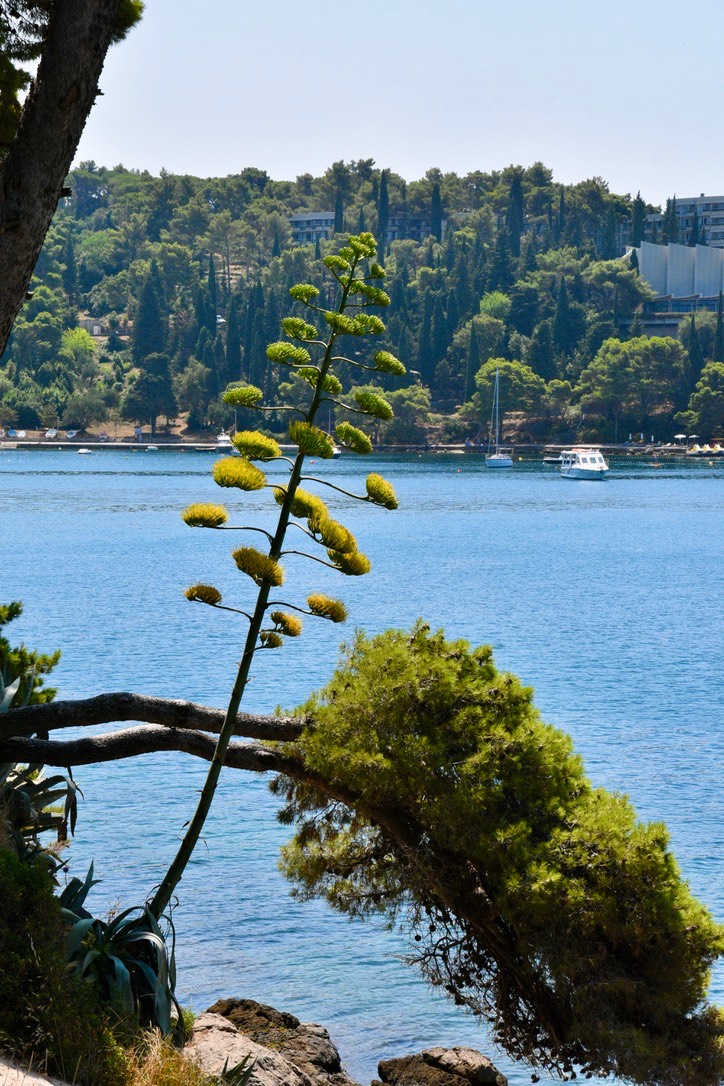
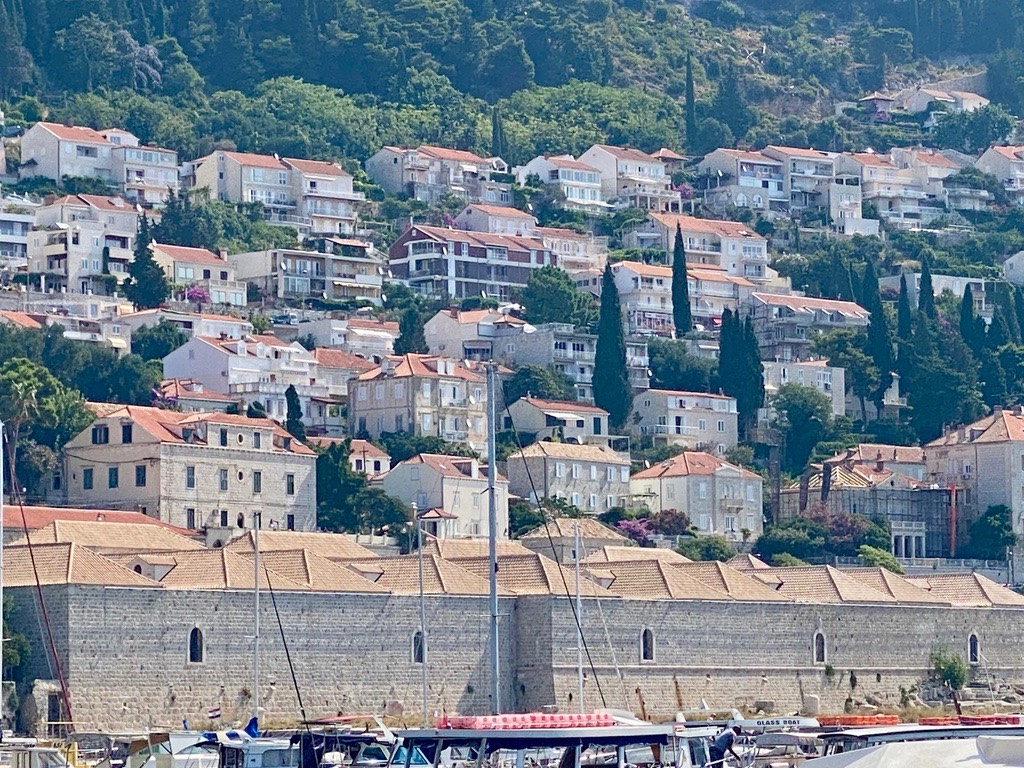
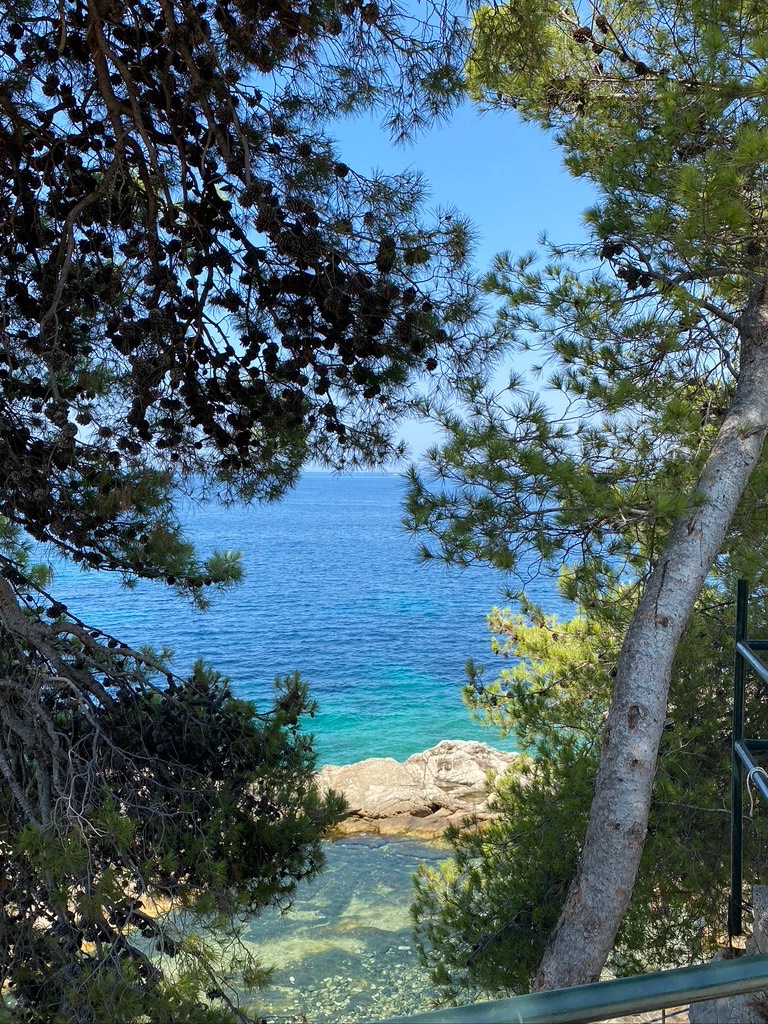
Cavtat’s natural beauty and historic character are spectacular. Rising from the idyllic landscape, however, are a few ugly reminders of the unimaginable suffering that befell this place just a generation ago. Nestled among the red-roofed houses and tall pines are the bombed-out remains of more concrete Yugoslav-era hotels, places that were once the height of luxury, but are now ghosts of a tragic past.
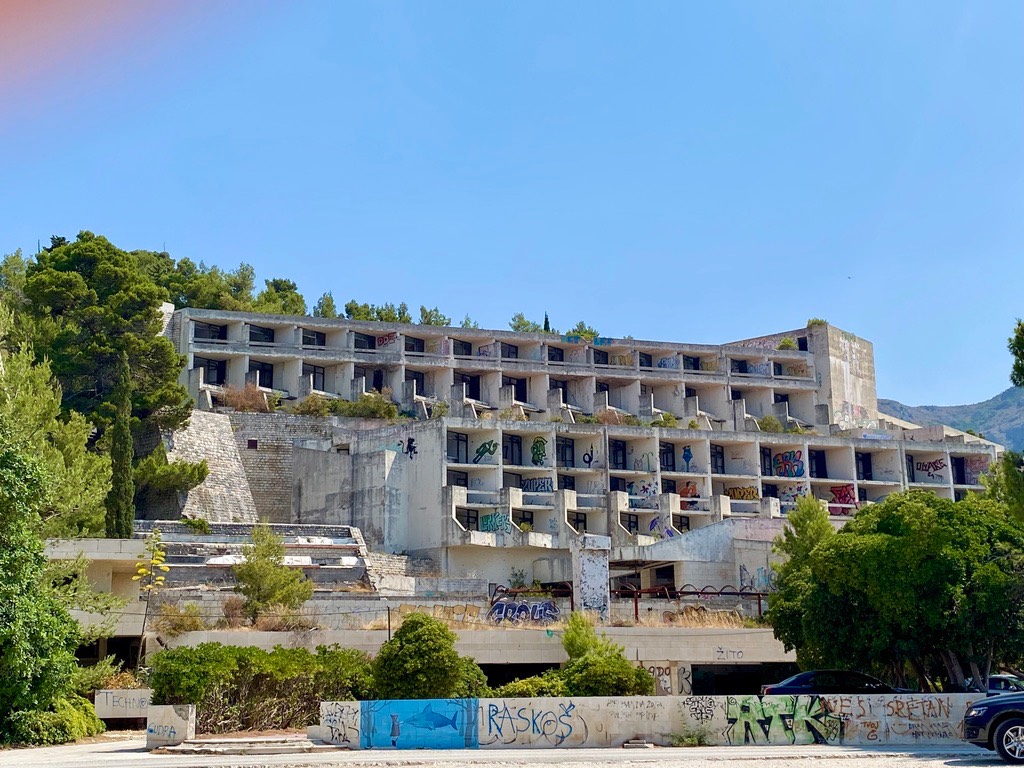
After walking around the entire peninsula of Cavtat and eating lunch at a Michelin-star restaurant, we returned to our hotel in Dubrovnik. Tomorrow, we will fly back to Athens for one more day; after that, the long flight home to the East Coast awaits.
- Hayden Strong
